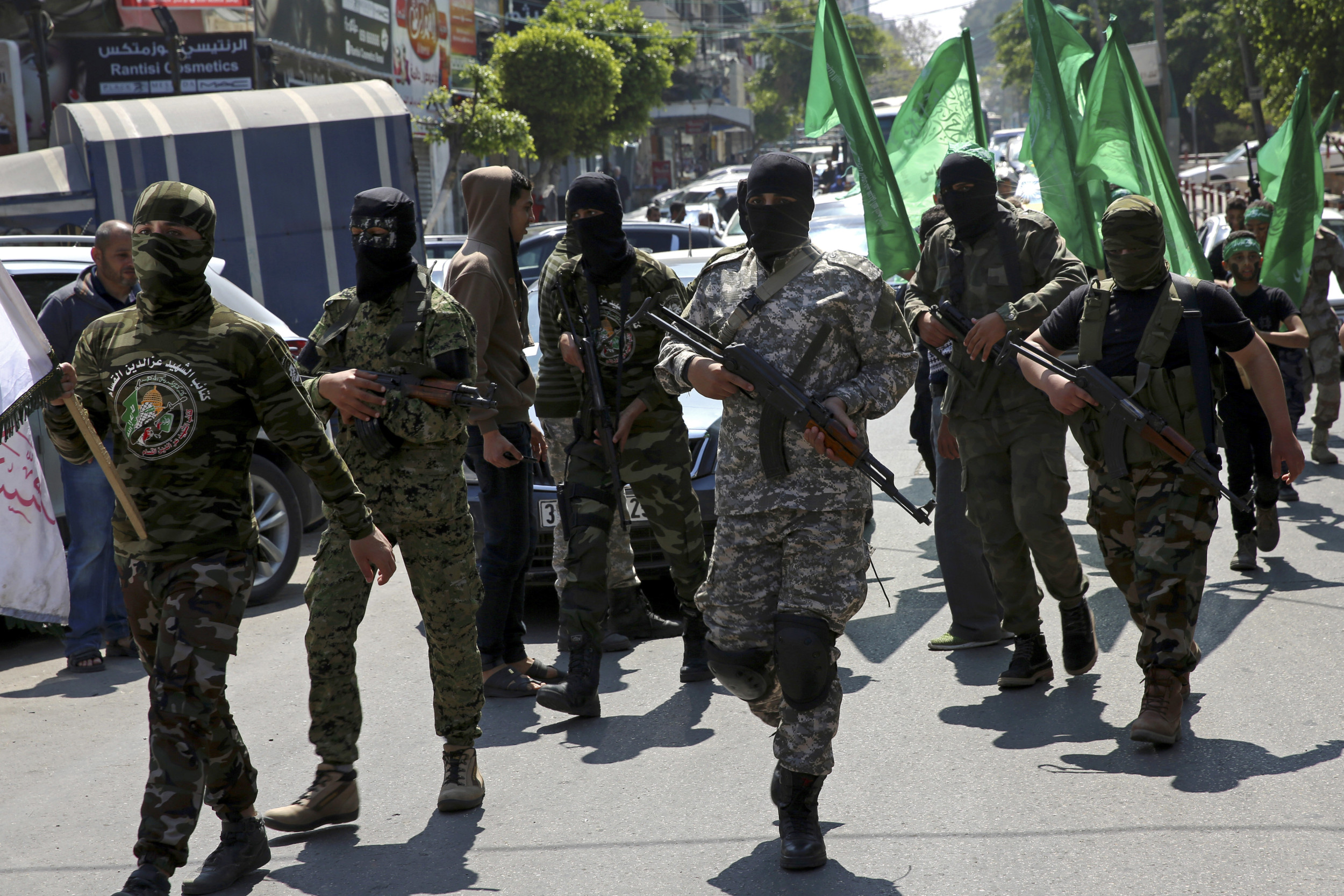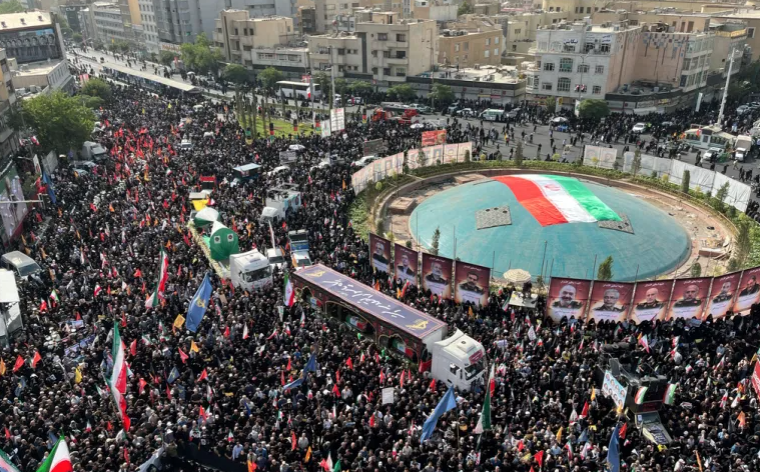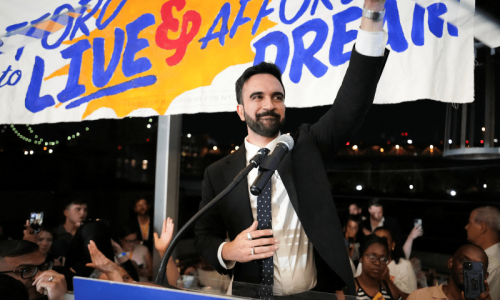WORLD NEWS

Once firmly in control of the Gaza Strip, Hamas is now fighting to survive. Following months of intense Israeli military operations, internal clan rebellion, and wavering support from regional ally Iran, the group’s central command appears to be fractured and its survival uncertain.
Sources close to Hamas say that its fighters are now operating autonomously, disconnected from a unified command. “We keep the faith, but in reality, it doesn’t look good,” admitted one insider.
⚔️ Clans vs. Commanders
A rising internal threat comes from armed Palestinian clans like the one led by Yasser Abu Shabab, a Bedouin in Rafah. While Hamas accuses him of collaborating with Israel, his group claims to protect humanitarian aid and civilians from looters. Abu Shabab’s faction has even called for displaced residents to return, promising food and stability—something Hamas is now struggling to provide.
Hamas has sent top operatives to kill or capture him, but Abu Shabab remains at large in areas under Israeli control.
🚨 Hamas Under Fire
· Estimated 20,000 Hamas fighters killed according to Israeli officials.
· Tunnel networks destroyed; Israeli bombardment has reduced much of Gaza to rubble.
· Central command and control weakened, with fighters relying on scattered surprise attacks.
Despite this, Hamas is still capable of inflicting damage—it killed seven Israeli soldiers in a recent raid in southern Gaza.
🤝 Ceasefire Desperation
Internally, Hamas sees a ceasefire as a chance to regroup, suppress local opposition, and stabilize its standing. But Israel’s terms—like forcing Hamas leadership out of Gaza—are seen as total surrender.
Senior Hamas leader Sami Abu Zuhri confirmed the group remains open to negotiations, even ready to release all Israeli hostages, but insists that surrender “is not an option.”
🇮🇷 Uncertainty From Iran
Hamas also faces uncertainty from Iran, its longtime benefactor. Following a U.S.-brokered truce in the Iran-Israel conflict and Israel's assassination of Iranian Revolutionary Guard officer Saeed Izadi—a key coordinator with Hamas—analysts warn Iranian support could dwindle.
Iran-backed forces have confirmed that Izadi played a central role in training Hamas in rocket attacks, infiltration, and drone operations.
📉 Political and Military Decline
Analysts suggest Hamas now faces not only physical elimination in Gaza but political erasure from any post-war governance solution. Its former strength has been diluted by internal dissent, disillusioned civilians, and Israel’s outreach to rival tribal factions.
As one Palestinian official said: “It’s not just about surviving bombs. It’s about surviving relevance.”




